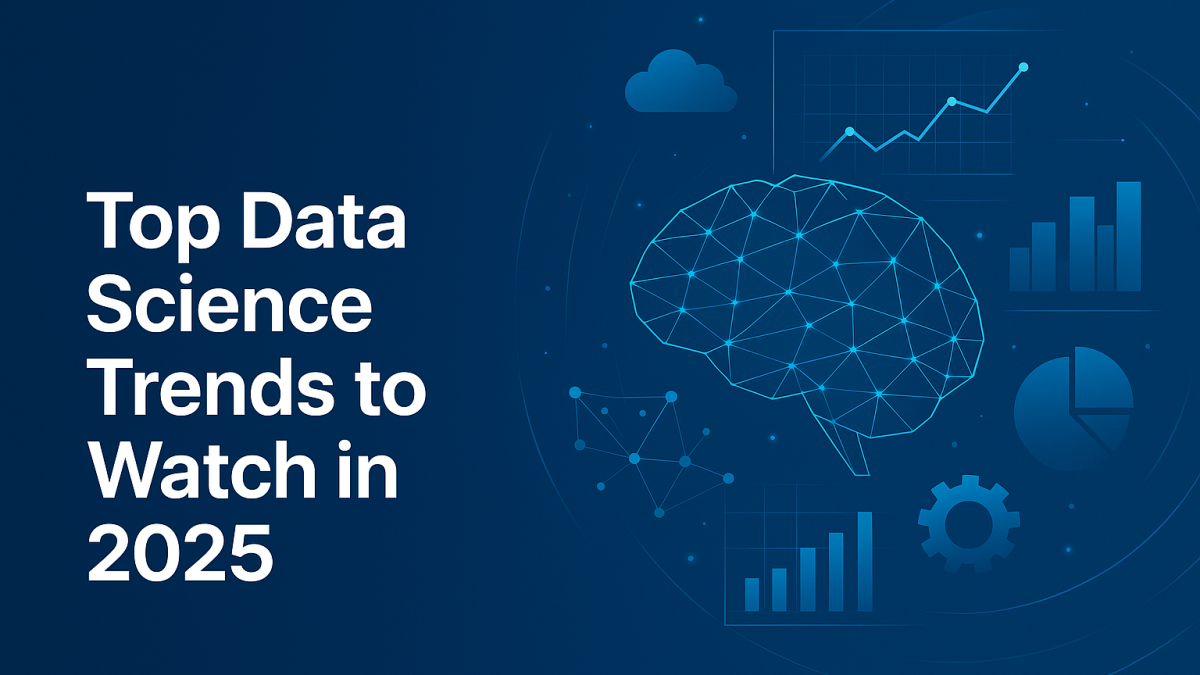
Top Data Science Trends to Watch in 2025
Data science continues to evolve rapidly as 2025 is near, guiding decisions, creating industries, and driving innovation. For businesses, professionals, and data aficionados, keeping up with such trends—from low-code environments to ethical artificial intelligence—is a must. We explore the future advancements in data-driven technology at DataTrendX. These are the most significant data science trends in 2025.
AI Meets Regulation: The Evolution of Ethical & Responsible AI
As AI is increasingly applied in decision-making, ethical concerns are more urgent. Tighter data regulations, model explainability requirements, and more demand for open, fair, and auditable AI systems are all predicted in 2025.
Why it matters: By ensuring their models are both robust and ethical, organizations can win over users.
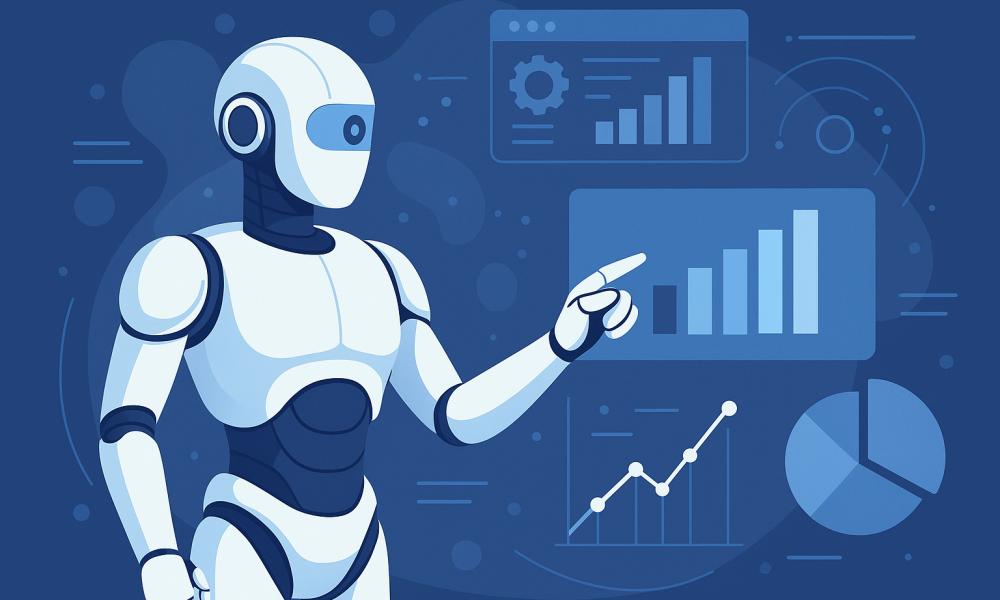
Edge computing and real-time analytics
The currency of today is speed. Healthcare, IoT, finance, and retail are all transforming how they leverage data due to the shift from batch processing to real-time analytics, often driven by edge computing.
Use case: Fintech anti-fraud systems that analyze transactions in milliseconds.
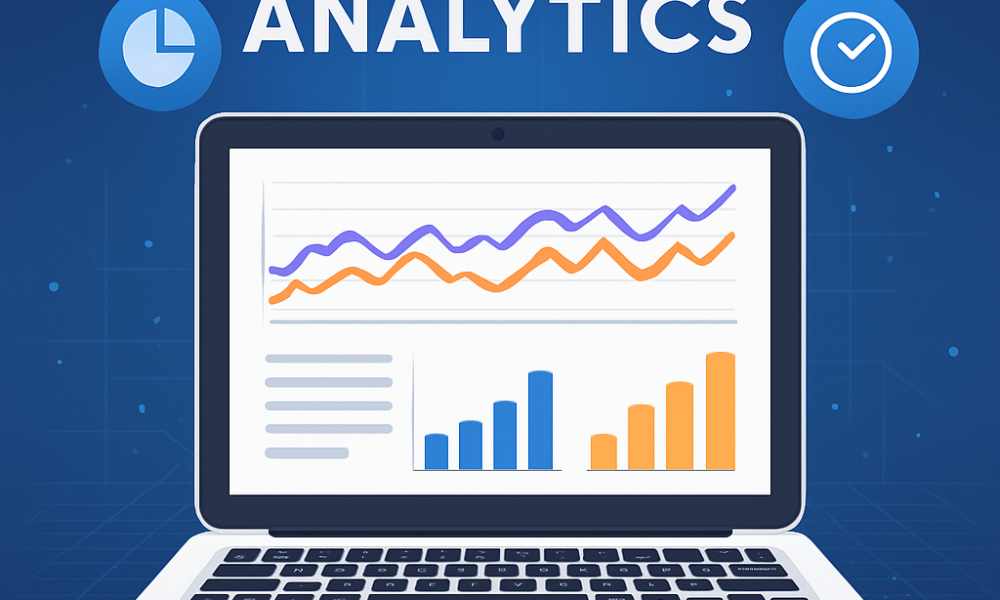
Low-Code and No-Code Data Science Platforms
The thing is, not every data scientist needs to be a coder. Business users and analysts are able to make models without excessive coding due to platforms such as H2O.ai, DataRobot, and Power BI by Microsoft.
Effect: With increasing access to data science, there will be greater opportunity for startups and small businesses.
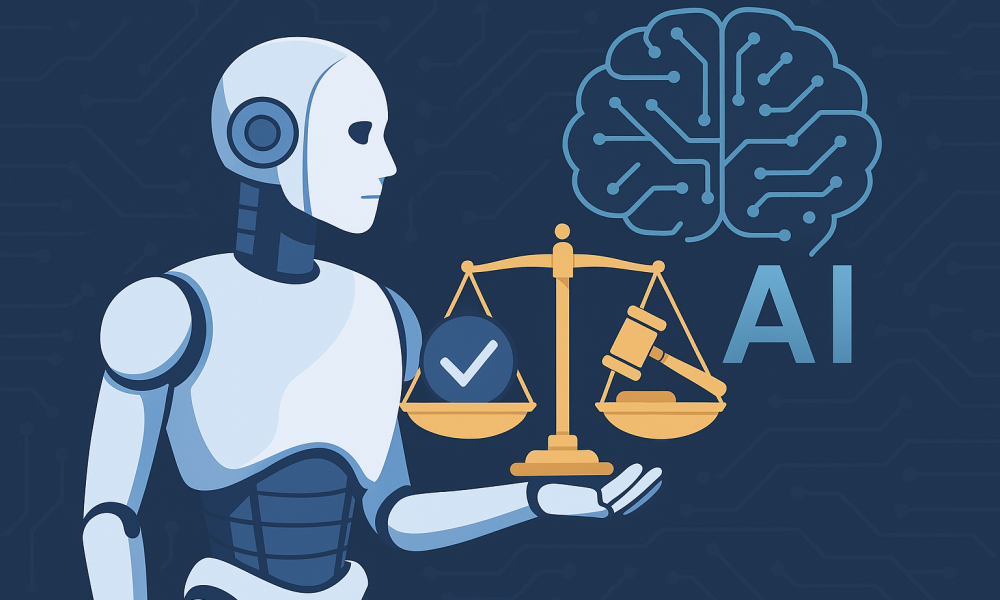
Hybrid Models & Multimodal AI
AI models fusing text, image, voice, and sensor inputs into seamless models will soon become ubiquitous, reaching our fingertips by 2025. Multimodal learning is revolutionizing how machines interpret context. Visualize ChatGPT meets computer vision.
Customer service via AI that reads and listens to emails, interprets voice tone, and scans snapshots, for example.
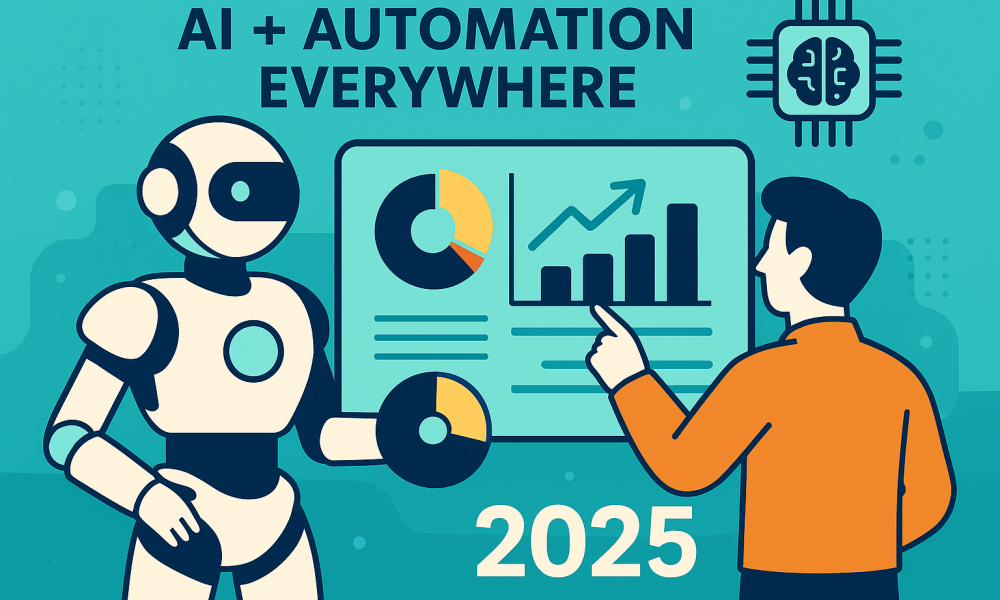
AI Targeted at Data
Teams are focusing on improved data — cleaning, curating, and handling good-quality datasets — instead of fine-tuning models. The “garbage in, garbage out” problem is a big deal in 2025.
Change: Data-driven workflows over model-centric workflows.
Synthesizing Data
Need more information? Just create it. When data in the real world is scarce or sensitive, teams are employing technologies such as Gretel.ai and Unity’s synthetic data engine to train models.
In vogue in: Finance simulations, medical imaging, and autonomous cars.
Privacy-Preserving Approaches:
Differential privacy and federated learning are now necessary. Federated learning is one method that enhances privacy and performance through the ability to train models over decentralized devices without accessing individuals’ personal data.
Trend watch: Expect wider adoption in sectors like banking and healthcare.
DataOps and MLOps maturity
MLOps and DataOps are bringing data science workflows, from deployment to monitoring and versioning, into standardization, much like DevOps revolutionized software.
Why it matters: It ensures quicker iterations, reproducibility, and scalability.
In summary, 2025 will be about more than just improved algorithms; it will also be about more intelligent applications, moral implementation, and easily accessible innovation. Following these trends will make you stand out, regardless of your level of experience with data science.
It is our aim at DataTrendX to have you at the forefront of the data revolution. Keep coming back, subscribe to our blog, and investigate leading projects that bring these trends into being.
